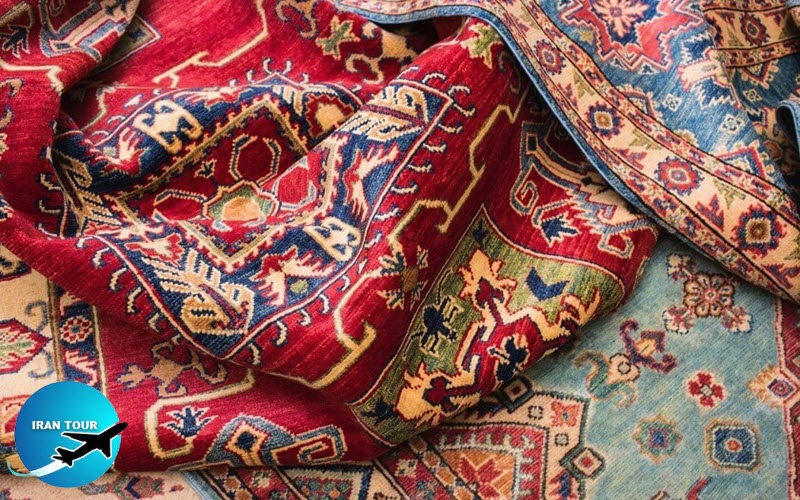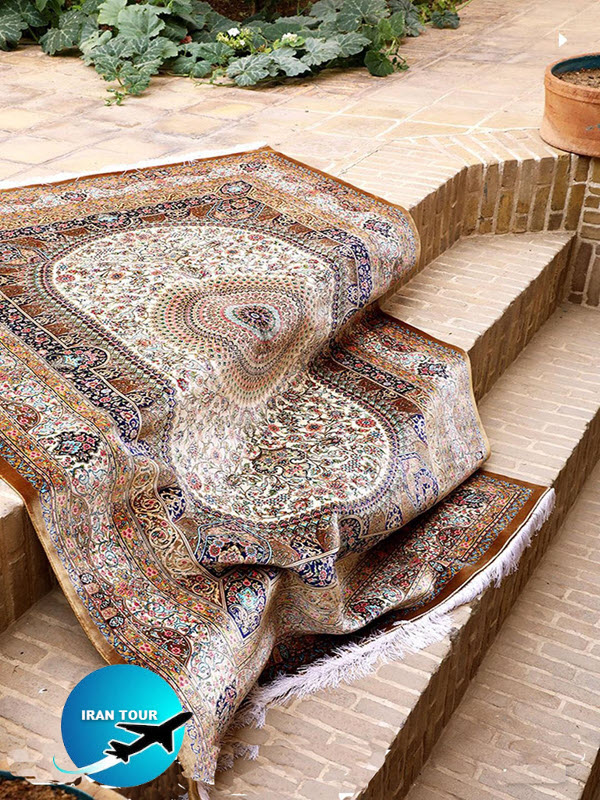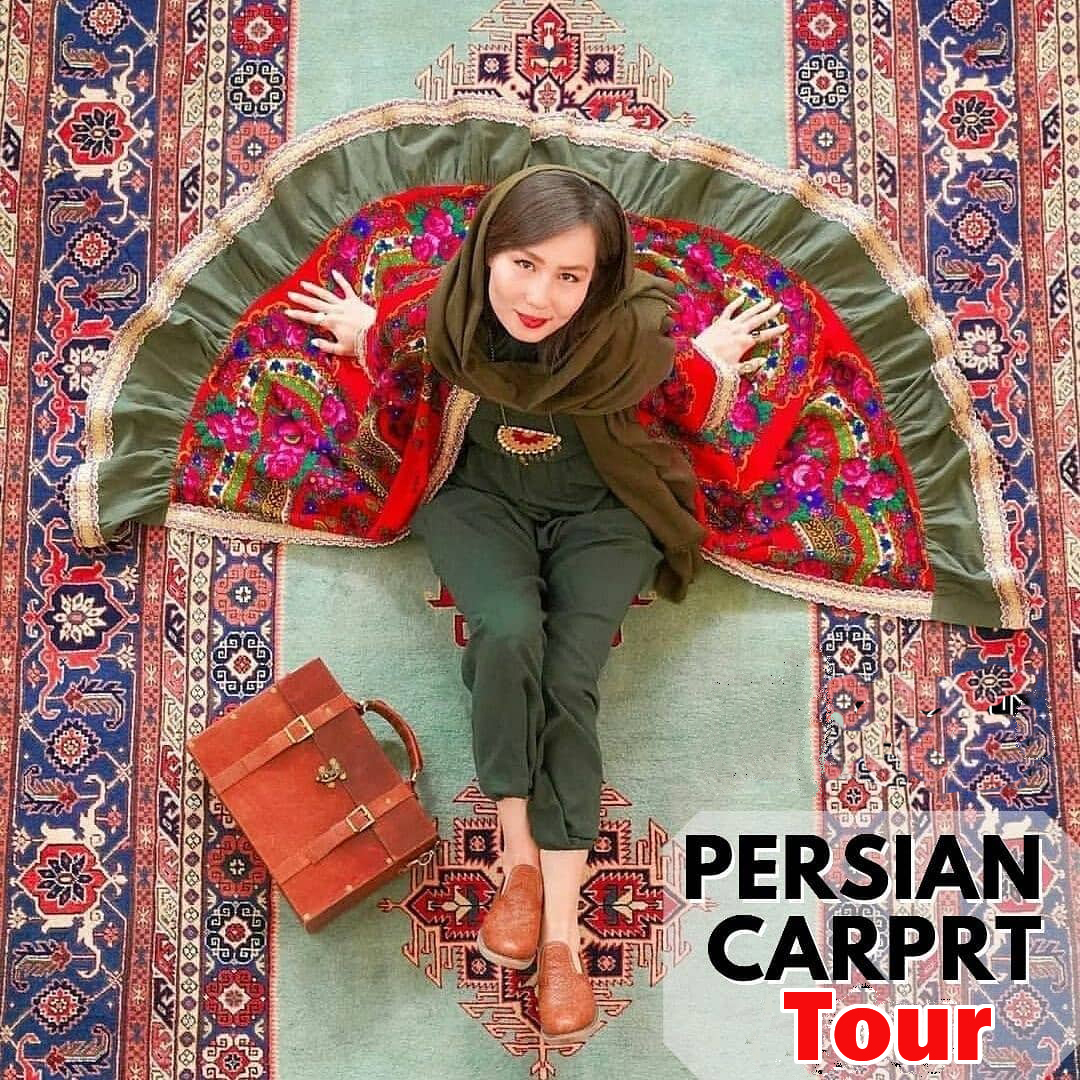Copyright 2020 - 2021 irantour.tours all right reserved
Designed by Behsazanhost
Kashan carpet weavers are artists who turn the thread into the gem
Kashan carpet weavers are artists who turn the thread into the gem
Kashan plays a significant role in reviving Iran's art of weaving by producing the carpets which are the pride of many museums and private collections. Reading the historical texts and travelogues meticulously provides us with many signs of Kashan's historical background as a producer of precious clothes. Obviously, even before the tourists like Marco Polo paid attention to these textiles, Kashani weavers were engaged in the profession of carpet weaving. Jean Chardin as a part of his travelogue about Kashan mentions: "At no point in Iran, more than this city and its surroundings, satin, velvet, and Zari (thread made of fine gold or silver) are not woven."
 |
Today, the Weavers of Kashan should be recognized as heirs of weaving art and those who give Iran such a pride of place to be known even in the distant parts of the world. Kashan has never been far from the accidents and disasters or even the invasion of Mongol and Afghan invaders. Even its carpet industry constantly suffered from disastrous events. Unfortunately, after this period of turmoil, carpet weaving also like other areas became obsolete. The revival of this art in Kashan is largely owed to the activities of the great figures of this art and the textile machinery industry caused many weavers to turn to the art of carpet weaving. However, the sudden arrival of the textile machinery to the villages and various European clothes to Kashan was no less harmful than the Mongol invasion. Only the villages who had the experience of carpet weaving and it was their main profession played a significant role in this field.
In parallel with the Renaissance in Europe, carpets have been produced due to their legendary beauty brought magnificent pride to the many museums and private collections in Kashan during the Safavid era.
 |
The writings of the 17th and 18th centuries stipulate that Kashan was the center of carpet weaving and was founded by Shah Abbas. Shah Abbas presented a carpet with woven gold and silver threads that are attributed to this place.
The oldest carpets belonging to Kashan came to be found in the 11th century AH. These carpets are generally covered with hunting plans, and the place of their weaving is generally unclear. An important example of this belongs to the Carpet Museum of Iran whose counterpart is in the Metropolitan Museum of America, and its margin is different from that of the Carpet Museum of Iran.
In Kashan, cotton is made of cotton thread and silk is used only in very delicate rugs. Kashan carpets with a quick view are distinguishable through their very delicate texture which reveals their designs and it is also recognizable by the excellent Merino wool which gives it a velvet surface. Undoubtedly, using such wool was carried out by someone who laid the foundations for the production of Kashan's new carpet and was the importer of this wool. In addition, the rest of the wool is made in Khorasan, Azerbaijan, Kermanshah, and Tehran.
The design of the Kashan carpet is influenced by that Isfahan's Lachak Toranj. Common designs of Kashan carpets are generally a combination of decorative patterns composed of multisectional central Toranj and its corresponding Lachak.
 |
| Carpet Tour is a mix of history and masterpieces of Iranian art |
As it is customary in Persian rugs. The central Toranj is composed of a large number of concentrated Toranj patterns, and the middle Toranj has a special shape in the form of a star-shaped cross. In contrast, the main margins have larger patterns with two leaves on both sides of the branch with four smaller of the same type. In the background, a delicate pattern of narrow stems and soft stitches with palm leafed patterns, hollyhocks, lotus flowers, small red flowers, and sharply pointed leaves are all designed in such a way that they can maintain a slightly geometric shape. This last feature, after the First World War, completely disappeared in these carpets. Therefore, a design appears on these carpets including a collection of evergreen plants in central Toranj. In this period, like the contemporary productions, the Toranj pattern tends to shrink and turns into an elliptical shape. In the main frame of the margin and on a bluish background, we see a pattern that is composed of large flowers and ornamental palm leaves and the midst of which was covered with small flowers. This design is inspired by Herat's pattern called "Mostowfi". Usually, there are four to six marginal frames in these rugs, plus a narrow edge, the margin on the side of the carpet, which has only a blue or red color.
In the history of carpet weaving in Kashan, this profession was rooted in ancient times, which has been able to survive despite economic crises. But, in this process, the demands of global markets exert their own taste for producing special designs. For this reason, the late nineteenth-century carpets of Kashan were readily recognizable by their very delicate texture and wool.
Today, the frequent droughts are so widened that only a small part of its villages cannot participate in carpet weaving. In other words, many residents of the area depend on various related occupations such as cotton-beating, spinning, and designing carpets directly or indirectly.
Nowadays, carpet shops, irrespective of whether they are run by carpenters or employers, include residential houses in towns and villages where they weave very elegant rugs out of silk. Girls and women in Kashan have always played a role in weaving these carpets. Based on the skills they have acquired, they have been able to preserve the name of Kashan carpets for many years in the global markets.
- Details
- Category: IRAN Blog